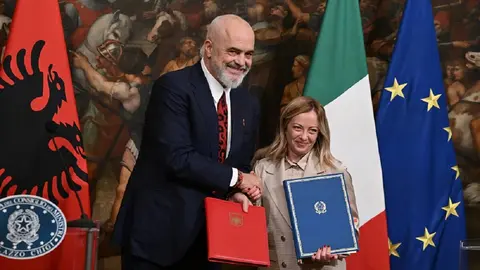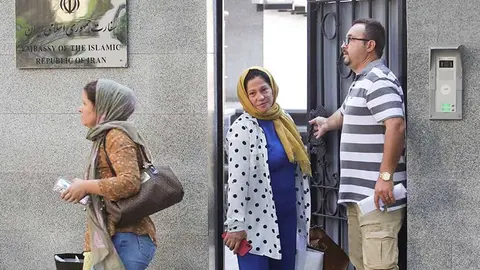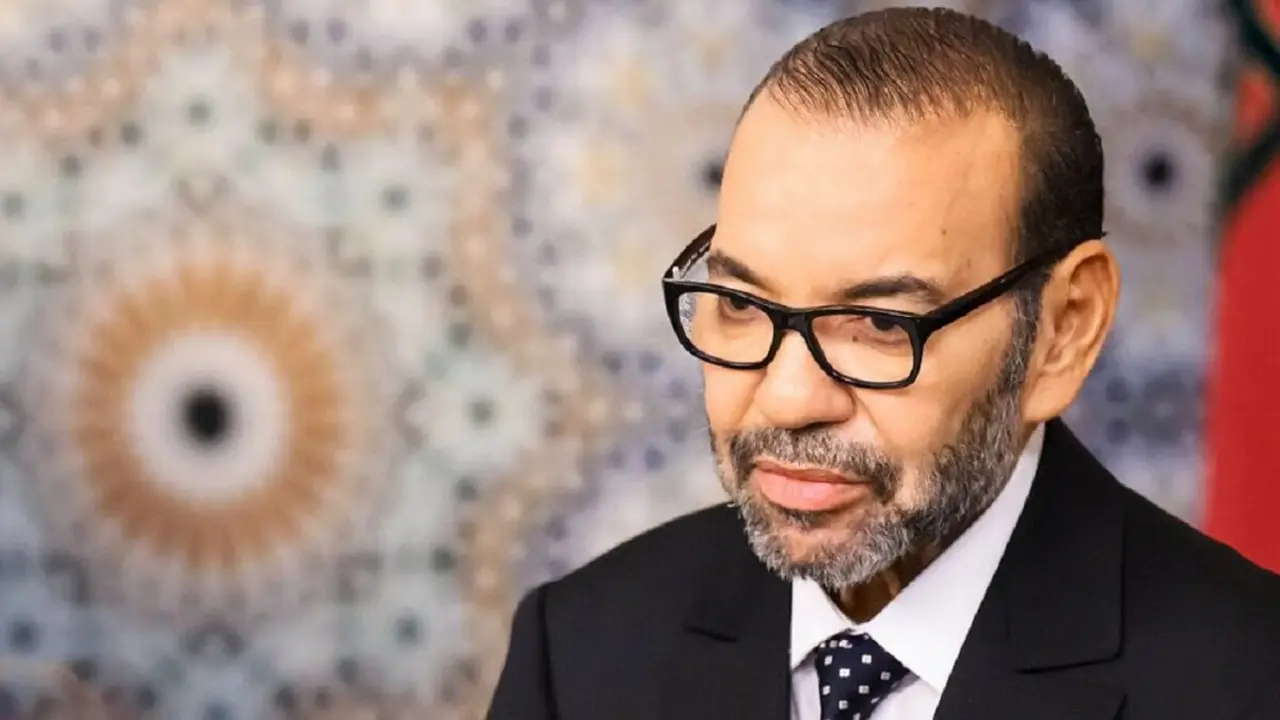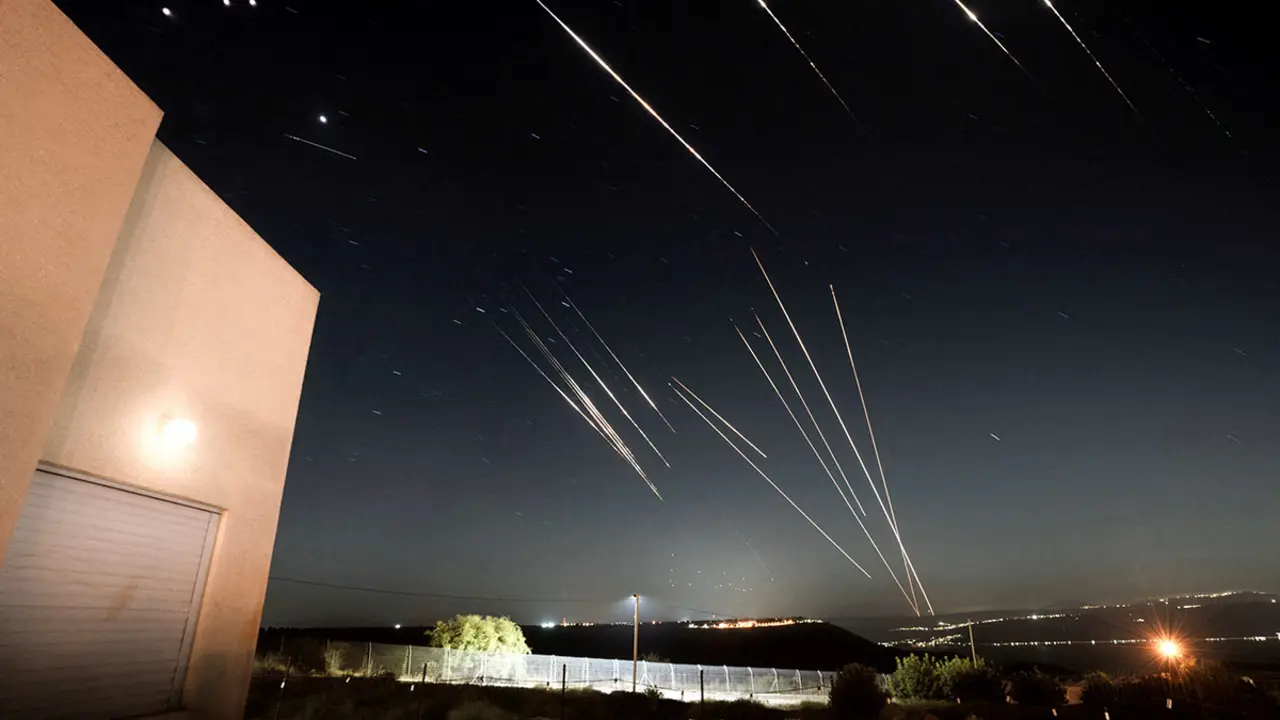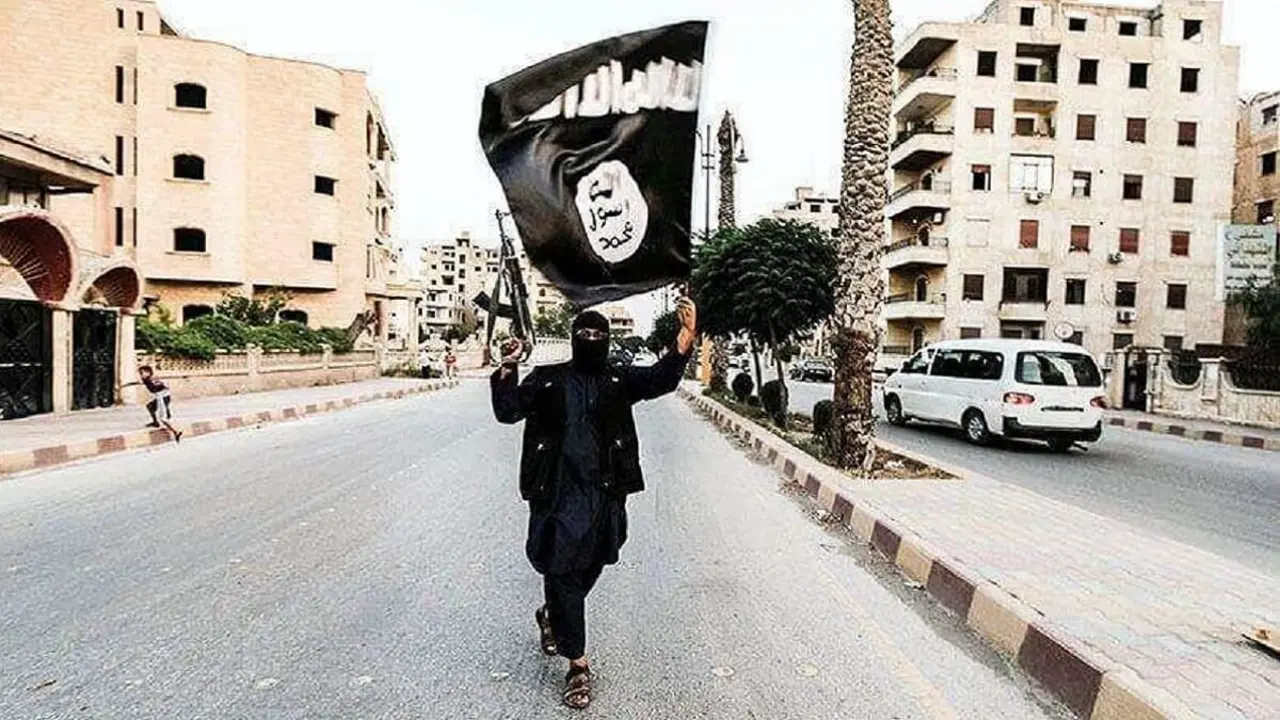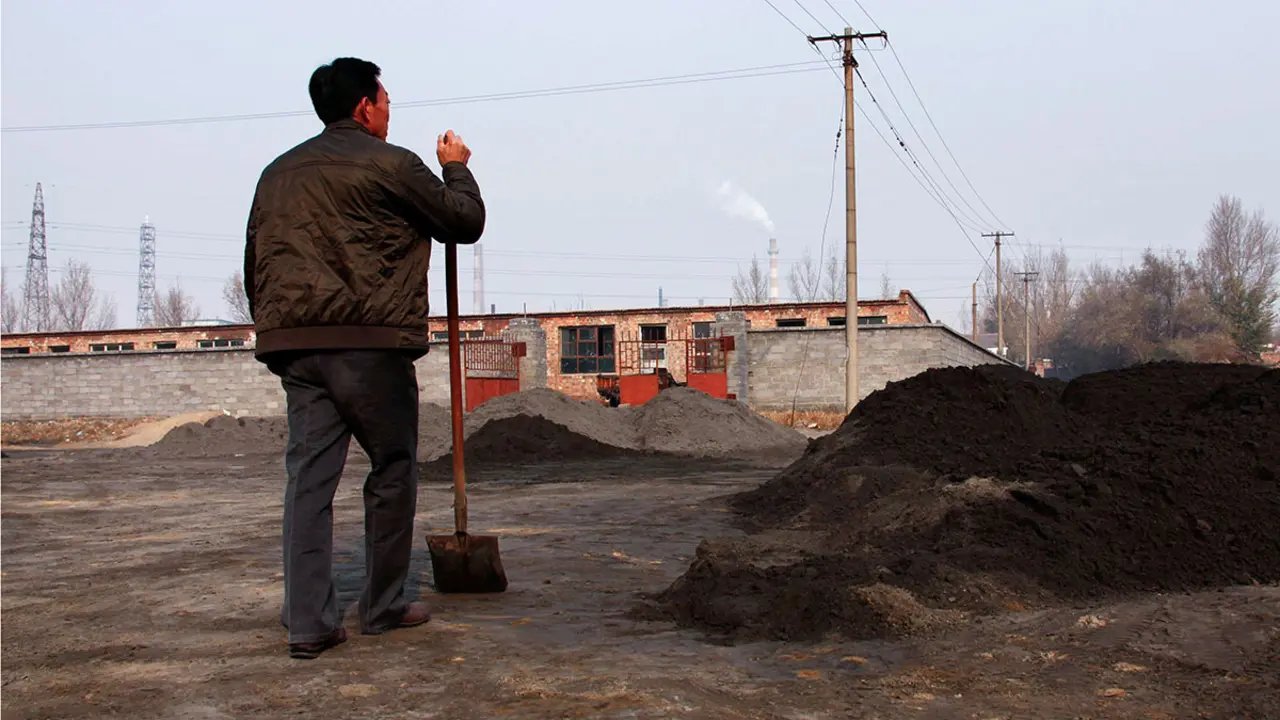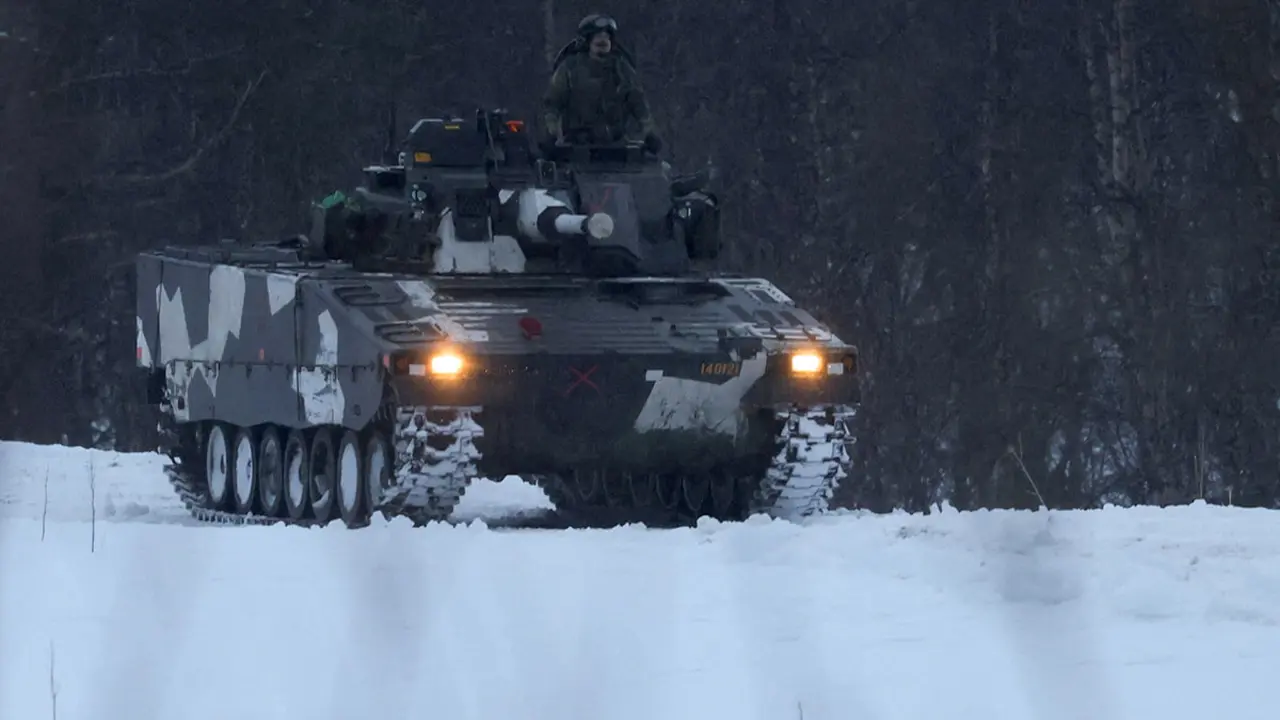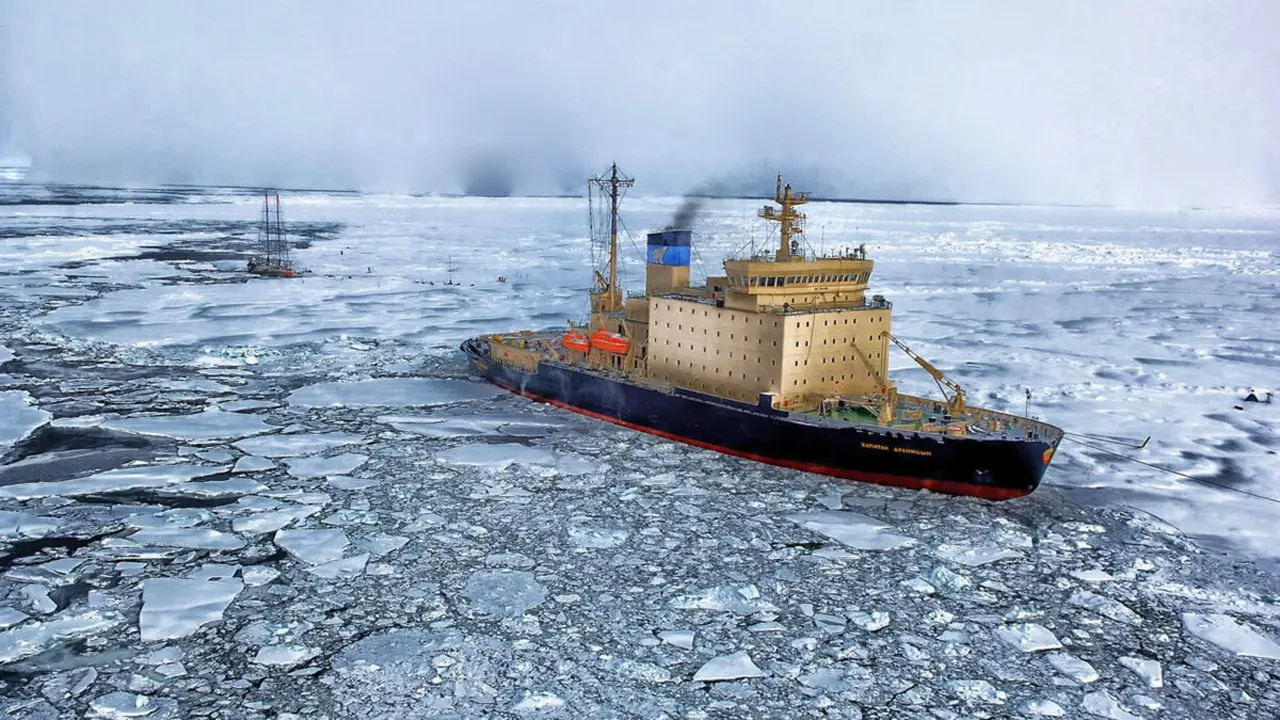Albania emerges from mystery
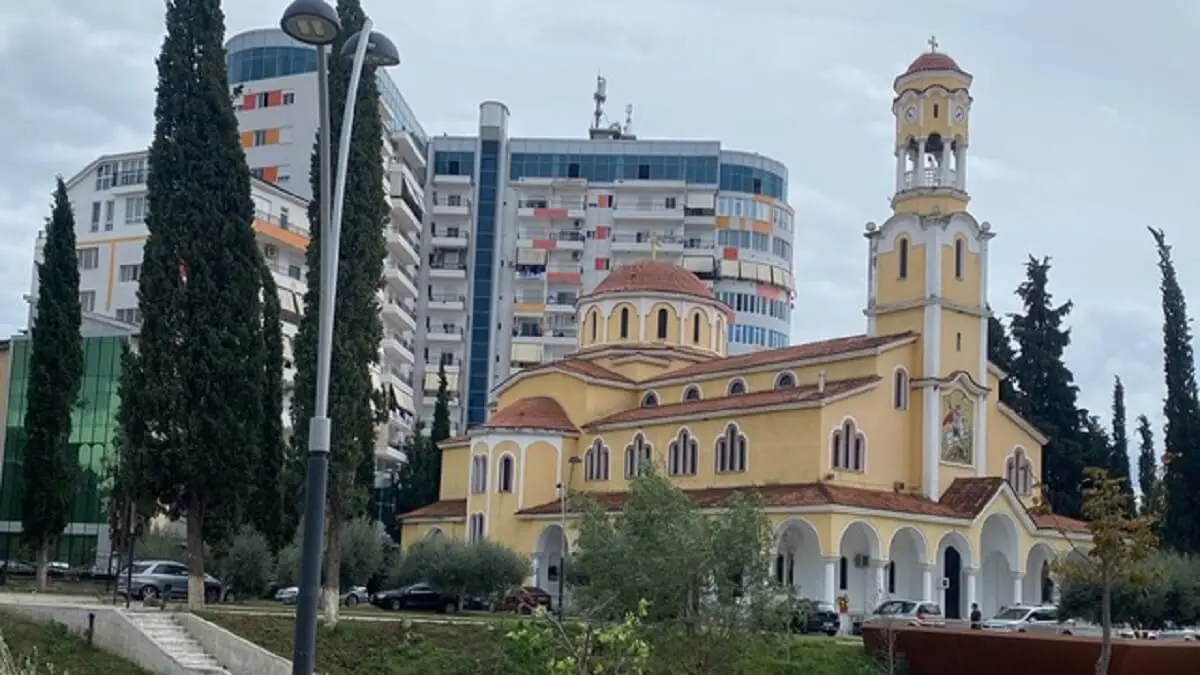
On the ground floor of the flat blocks that line the seafront promenade of the coastal town of Vlora on the Albanian Riviera, opposite the Italian port of Brindisi, there are plenty of cafés and small souvenir shops for the new tourists who come to the once-secret Albania.
My old Spanish passport expressly forbade travel to Tirana. There was no communist country more closed than Albania, which embraced a kind of "Stalinist Maoism" of its own under the supreme leader Enver Hoxha. His role, forty years after his death and the fall of the Berlin Wall, has been reduced to that of a mere paperweight in the small-scale sculptures sold in souvenir shops.
Albania is no longer so secret, nor so poor. The race for development and integration into the European Union is on. Tirana airport, named after Teresa of Calcutta, is crowded, and flats on the coast are springing up like mushrooms. There is a rush to make up for lost time, even if most of the work to win the future has yet to be done.
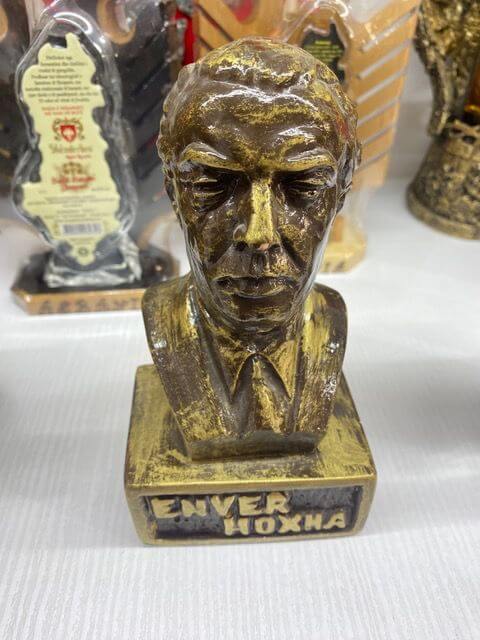
The mystery of Tirana
Arrival in Tirana has been a long time coming, and it has been shrouded in the mystery of the night. Echoes of the forbidden time echo in my head, when shortwave radios tuned in during the Franco regime - in search of information forbidden by the regime - picked up a faint sound announcing "Here Albania, Radio Tirana in Spanish". Flight from Munich, which casts today's long German shadow over the Balkans. We leave late, with a change of plane due to a possible breakdown. Finally, flying in the rain. There is a storm, strong wind and the plane lurches and I think again of the Albanian nightmare, of my old passport that expressly forbade travel to Albania, and to the rest of the communist countries, from the USSR to North Korea. A historical nightmare, that of communism pushed to the limit, which only hid the privilege of the ruling class and the poverty of the abused working class. The unreason installed in a rib of Europe.
When I finally land in Tirana it is past midnight. An airport with a terminal that looks like it has just been built and that welcomes you with the brand new machines that read your passport without the need to show it to the police. No visa, no questions. As soon as you step out of the building you are greeted by gigantic acronyms: KFC (Kentucky Fried Chicken). So much for the power of American instant food. We are in another Albania for sure. I spend the night at the Tirana Airport Hotel awaiting transport to the south. The reception has also signed up to the vision of an internationally open country. It is presided over by four clocks with the times of New York, Tokyo, Brussels and... Tirana. In tune with world time.
The room retains only one symbol of another time, which is none other than a small table next to the bed, under which one misses a brazier to warm one's legs, which would take us back to the old days of communist scarcity. The relics of that time are kept in the bunkers built by the dictator, now a museum of the horrors and techniques of spying on the population.

Where is Albania?
Albania had disappeared from the European concert for so many years that its map had even been erased from our imagination. Situated at the end of the Italian boot, the port of Brindisi is a constant departure point for ships, and it is also easily accessible from the border and the Greek coast, given its proximity to Corfu. But nobody of my acquaintances thought it was close. The "I'm going on a trip to Albania" was answered by my friends with an immediate "I want to see it too", "but what is that country like", and a "where is it"... I don't think most of them could locate it on the map.
Politically it was situated between China and North Korea. And for many, that's where it stayed. Ready to "discover" the country for real, I venture south from Tirana by car with a driver who knows half a dozen basic words of English and doesn't let go of his mobile phone the whole way, despite the curves and numerous roundabouts.
We travel on the motorway, but there are sections that turn into an old two-way road and you lose cruising speed. We travelled along what must be the best conditioned road in the country, linking the capital with the coastal towns that are trying to attract European tourists to a new destination. Only a privileged few managed to set foot on these beaches during the Communist dictatorship. One of them was the recent winner of the Nobel Prize for Literature, the French writer Annie Ernaux. I was surprised, watching her recent documentary film "The years of super 8" (2022), that she had travelled to Albania on holiday with her then husband. They were doing leftist tourism, exploring Allende's Chile or Hoxha's Albania and also the Spain of the Transition. It struck me as strange, not that they travelled to the much-barred Albania, but that they could use their film camera and film, among other things, those unique beaches, segregated for Albanians and foreigners. Perhaps this laxity towards some of the French had something to do with the fact that Hoxha in his youth was a scholarship holder at the University of Montpellier, where he first came into contact with the communist organisations that brought him into militancy.
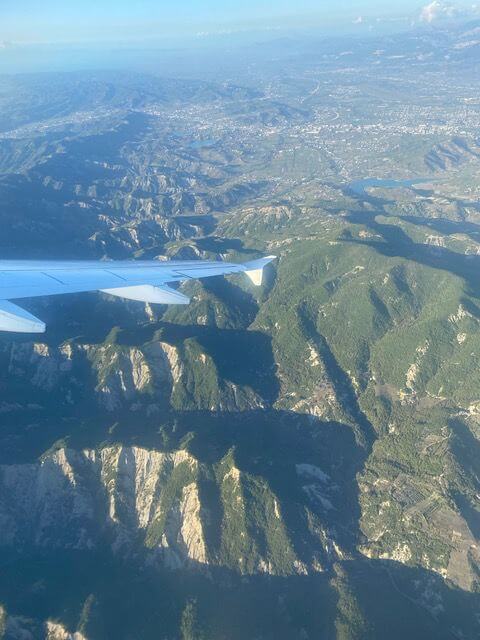
Tourists are now arriving from all over Europe and flat fever has broken out in the coastal towns. Large blocks of flats block the view of the sea from the road we drive along. The mountains to the back, in front it's all brick. As if there was no space. Although the feeling is that of a very sparsely populated country, the buildings are squeezed close to the coastal areas, as if the fever to copy the Spanish model had been unleashed without taking heed of the lessons already learned from overcrowding. But how are you going to convince anyone when it's easy to look like manna to the tourist who comes-and-goes, the tourist, and on top of that leaves you with a few euros... which weigh much more than the national leks, even though they are designed to resemble the currencies in use in the European Union.
We pass through a vast area of salt marshes that serve as a geographical prologue to the pearl of the Albanian Riviera, Vlora. Its promenade lined with tall palm trees wants to compete with those of Nice or Cannes. The city looks at itself in the mirror of a large bay embraced by mountains. A natural, beautiful spot, which is losing its identity as a result of the numerous and growing buildings overlooking the bay. Niches for tourists. But we are not here for tourism. I am part of a group of more than fifty European journalists ready to hold the annual General Assembly and Congress of the EJA-APE association under the auspices of the Albanian section.
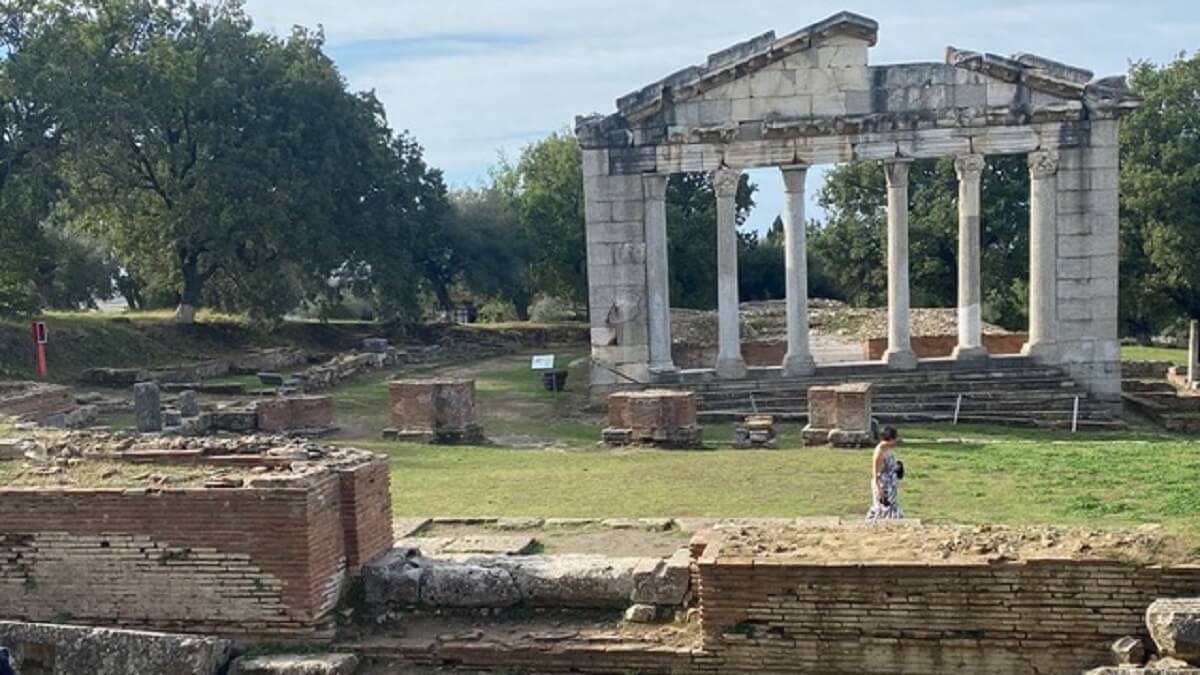
With good logic, our host, local journalist Arber Hitaj, will introduce us to the history of the country through a visit to two museums that not only house objects of historical value, but are history in themselves. The National Museum of Independence is a small two-storey building in a park by the seafront that played an important role in the declaration of independence and the formation of the Albanian state. Its foundations date back to 1844, the year of the birth of the father of the nation, Ismail Qemali, whose remains were moved here in his day and are honoured in this city that counterbalances the growing development of Tirana in the north.
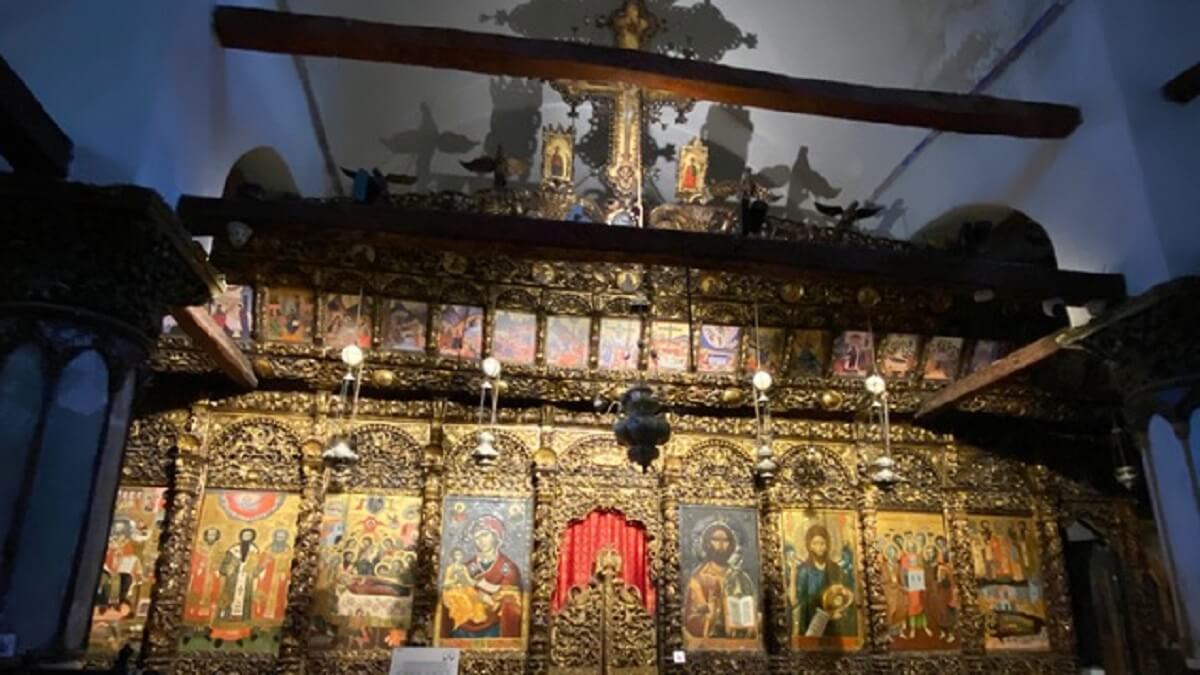
The second museum on our tour plan holds small archaeological treasures, amphorae and sculptures. There are also more recent weapons, from the partisans who took part in the independence struggle. It has hardly any display cases, its lack of resources is clear. In the last room, I discovered a series of books and pamphlets about the communist period. A thick, red-bound volume with the title "History of the popular national anti-fascist struggles" stands out in white. As soon as you open it, you see a photo of Comrade Hoxha in military uniform, belt across his chest, boots and the high socks so typical of folk costumes. These are some of the materials that did not end up in the so-called "museum of horrors" in the capital, which shows how the supreme leader managed to control, detain, punish, penalise, subjugate and everything else a population that lived in fear and imprisonment for decades, including some of his closest relatives.
With depth and style, we can peer into this period through the work of Ismail Kadaré, a communist rebel who fought to the end to try to recover his manuscripts kidnapped by Hoxha's long-lived widow, also co-leader of the Albanian Workers' Party Nexhmije Hoxha. The author of "The Long Winter" received the Prince of Asturias Award for Literature in 2009.
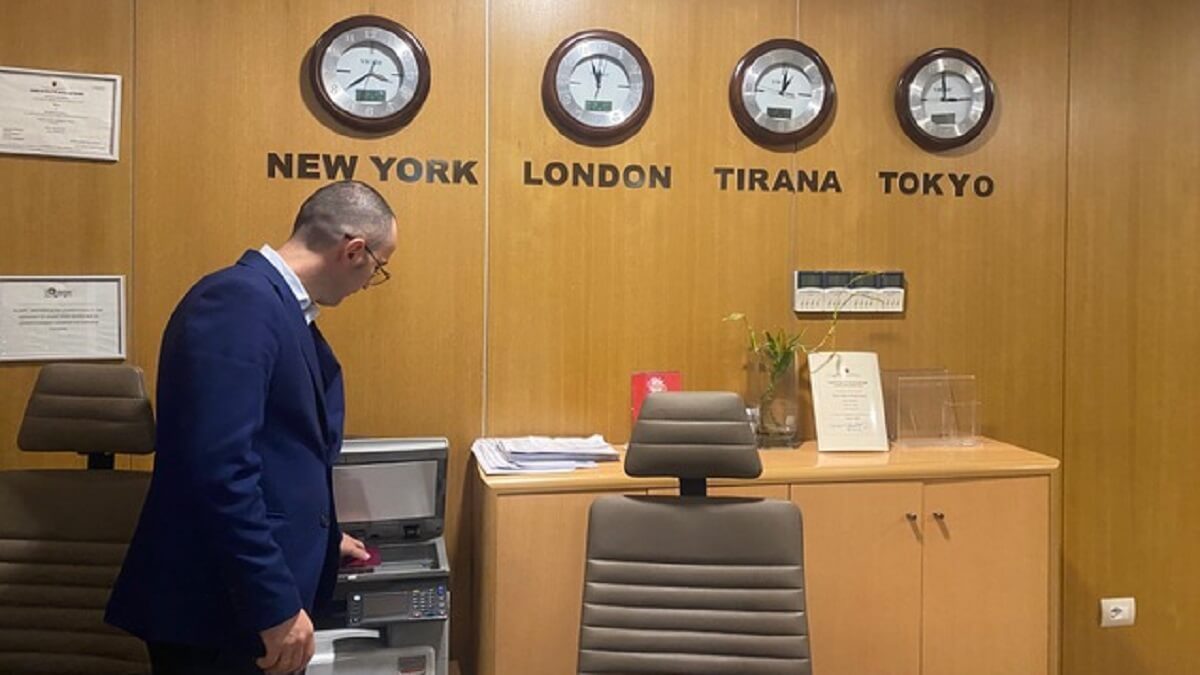
Here Radio Tirana
At the third museum on the organised route, this one of an anthropological nature, I relived one of my Albanian dreams (or nightmares) of yesteryear. Here we wandered among cooking pots, traditional clothes, work and kitchen utensils... and what would awaken in me the echo of those nights searching the world's airwaves for the information that was denied in our own country: large radios, to be placed on a cupboard or a sideboard, with their dial and search buttons on which appeared that Radio Tirana that even then sounded older than our own nostalgic time. I contented myself with photographing them, no longer listening to their voices for lack of plugs and discontinued valves. But just by looking at them, my childhood had image and sound again.
Albania comes from a much more distant time. It is also related to our history, like all the common history of the Mediterranean countries. Having completed our work session of the journalistic congress, the following morning we travelled by bus to the slopes of Apollonia. Perched on a hill overlooking the surrounding area, it was here that first the Greeks and then the Romans settled, and their architectural traces remain. Cited by the geographer Strabo and also by Aristotle, it was founded in 588 BC and abandoned around the 3rd century in the wake of the damage caused by earthquakes. Some structures are still standing, including a more recent Orthodox Christian temple, around which a fine museum, begun in the early 1900s by French archaeologists led by Leon Rey, has been set up. The original building to house the found jewels was inaugurated on 8 October 1936 to coincide with the birthday of the then king of Albania, Zogou I.
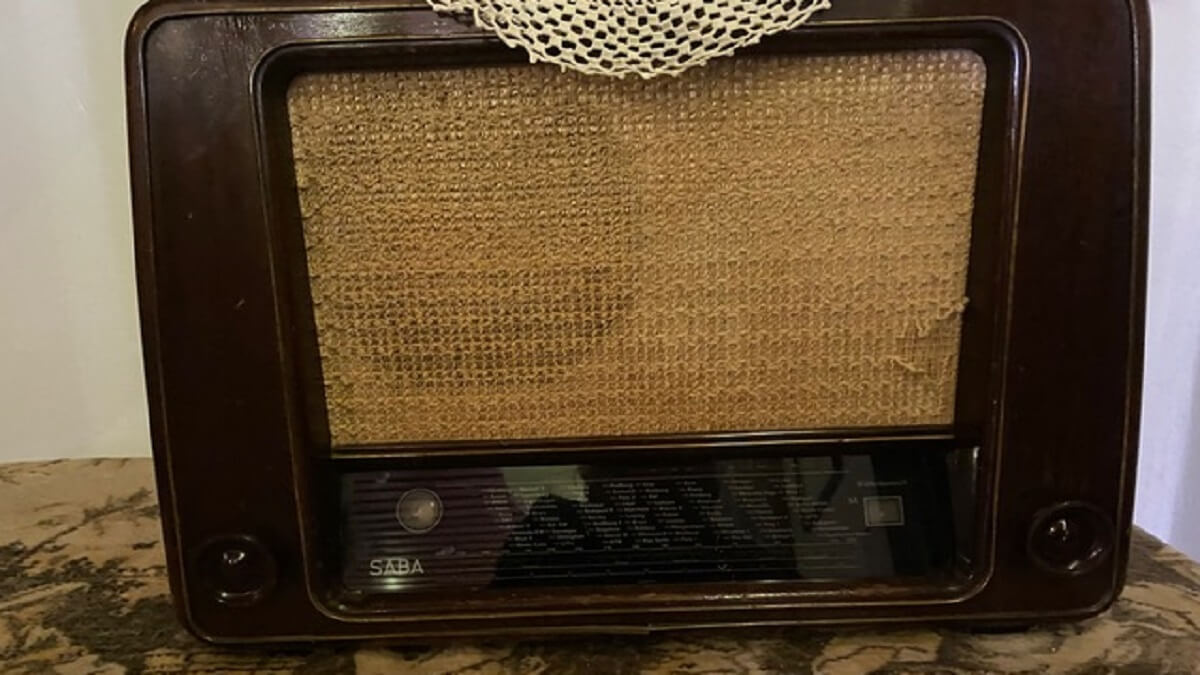
Albania's isolationist reputation contrasts with this flow of invaders and wanderers through its lands since antiquity. Perhaps this is the country's nationalist ferment. I ask a local teacher what the Albanian language resembles, thinking it might be close to Serbian or the Greek border language. "Our language is like no other in the world", he makes it clear. No doubt Hoxha worked up the nationalist streak after the nation had been colonised by Italians, Greeks or Serbs. Reaching Albania's shores seems easy, traversing its undulating mountain ranges no mean feat. Now we are in another phase. Seeking international investment, blessed after the recent meeting of EU leaders on its territory and showing itself on tourist attraction screens with its coastline or its historical ruins such as those of Apollonia.
In towns such as Fier or Berat, rich in olive trees and presided over by a notorious castle, a considerable level of development is noticeable. The new buildings contrast, however, with the scenes of retired people playing cards and dominoes in the town park. The mayor of Berat is an economist and university professor trained outside the country who believes that "the best way out for Albania and its development is to join the European Union. We have good products to export and we are a good and growing tourist destination". There are other voices that fear that the Europe of guidelines will impose severe agricultural and livestock quotas, the basis of the Albanian economy, and put an end to the most common businesses based on the cultivation of the land.
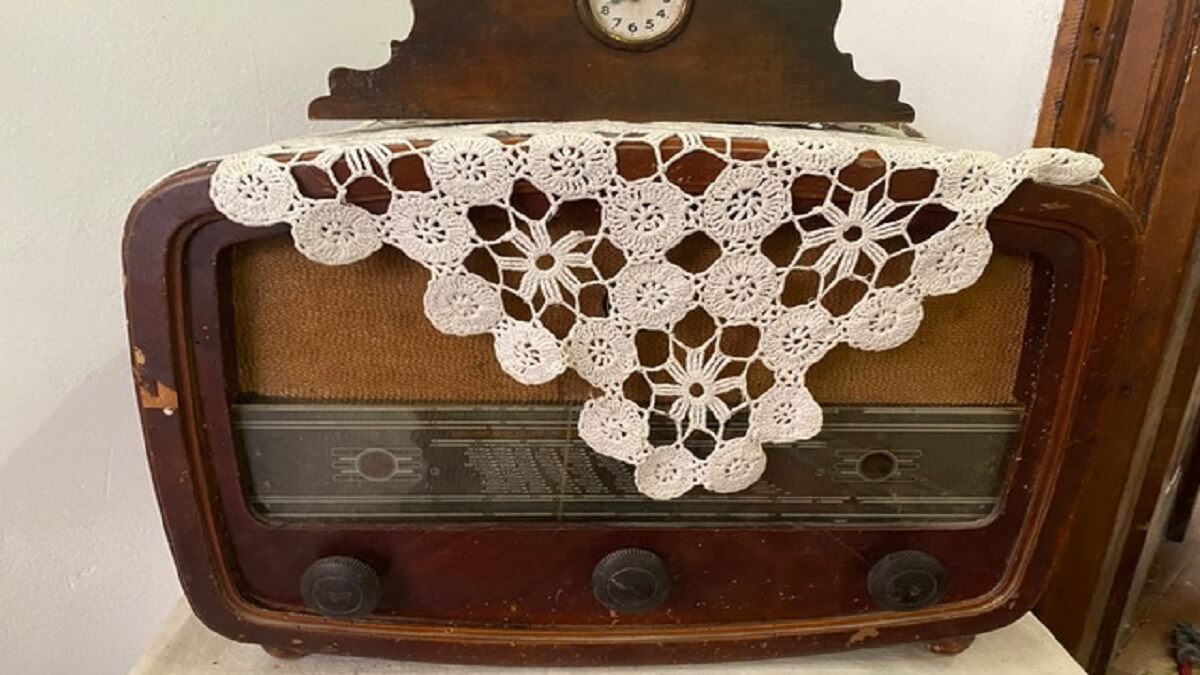
Tough as its mountains and tied to the faith of its great religious past, Albania believes in its future. Tirana airport has been christened Mother Teresa (of Calcutta), perhaps its most recognised international figure, although she was born in Macedonia to exiled Albanian parents. "Even in the harshest years of communist repression, religious fervour did not disappear," an expert journalist told me. "Some cults hid under the guise of a puppet theatre, for example. But in reality they maintained the orthodox cult linked to the Greek Church". Christianity survived, as did Jewish worship, now much diminished, and undoubtedly the Muslim option. Minarets adorn the skies of these Albanian cities where it is rare to see veiled women. "We are in a happy period of coexistence between religions that honours our history after the black period of communist prohibition, which did great damage not only morally but also materially by ruining part of our religious artistic heritage," says my interlocutor. Some of the misdeeds are recorded in the museum of horrors stored in Tirana's old bunkers.
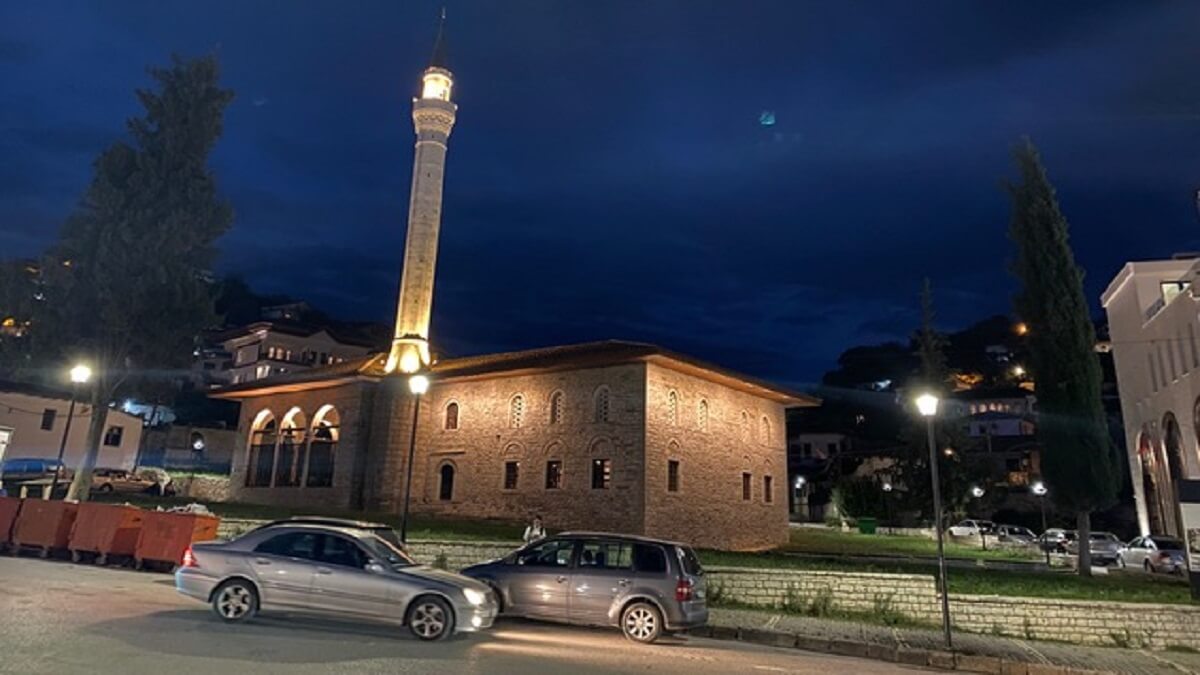
The night is mild, the day is hot. Here summer is prolonged at this already autumnal time according to the calendar and you feel that the tourist attraction of sun and beaches is and will be the great announcement of the new Albania to the world. The only secret that survives from that time of Korean-style seclusion is the quiet life and the mild climate on the other side of the Adriatic, which is still little exploited.


